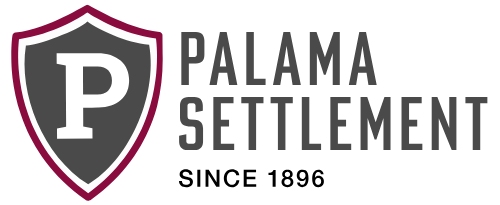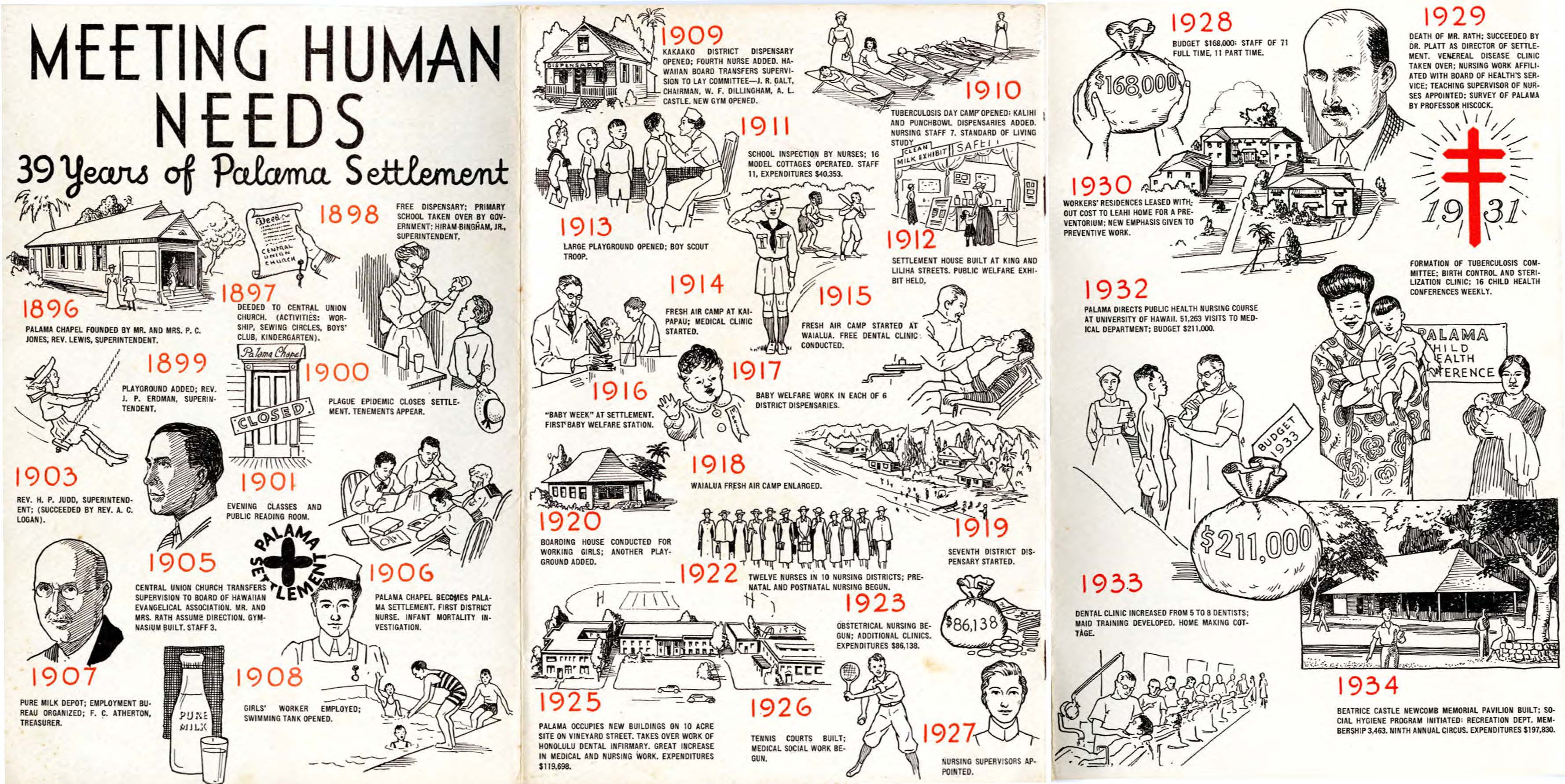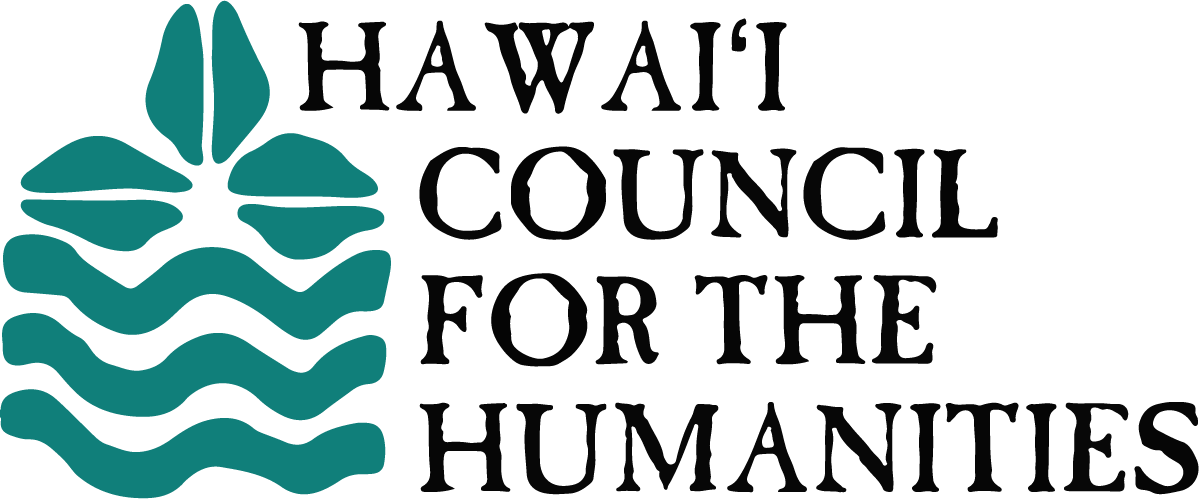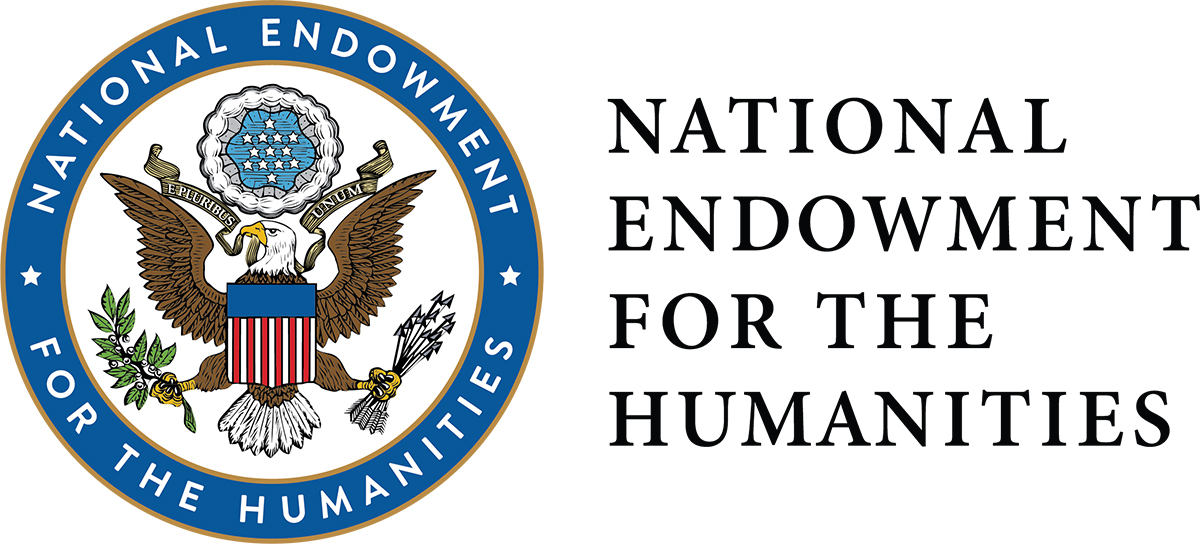
Palama Settlement’s Historic Reports and Newsletters
Journey through a century of community stories

Last fall in 2024, Palama Settlement was awarded a Preservation and Access Grant from the Hawaiʻi Council for the Humanities to digitize a selection of annual reports. This includes reports from the Board of Trustees, the Pākōlea Program, and the In-Community Treatment Program. In total, 112 annual reports have been uploaded and can be viewed through our online catalog, ArchivesSpace.
We have also digitized 10 newsletter titles with 252 issues dating from 1936 to 2004. A large portion of the collection consists of Ka Palama, published in the 1930s, that highlights recreational, educational, and special events at Palama Settlement. We invite you to explore these newly accessible resources and learn more about Palama Settlement’s long history of service and community engagement.
The annual reports of the Board of Trustees provide a yearly summary of the activities and programs at Palama Settlement. Built by P.C. Jones in 1896, Palama Chapel was managed by Central Union Church. In 1905, Palama Chapel was transferred to the Hawaiian Evangelical Association. At that time, Mr. James Arthur Rath took over operations as Head Worker and, by 1906, changed the name to Palama Settlement. In 1910, Palama Settlement's Board of Trustees filed the charter of incorporation. The institutional annual reports recapped Palama Settlement's activities, programs, and services along with audited financial statements for its stakeholders. These reports offer insight about the area’s community needs with program objectives supported by demographic statistics and quantitative analysis.
Palama Settlement also published reports for two social services programs: Pākōlea and In-Community Treatment. The Pākōlea project connected education with sports, attracting youth at-risk of dropping out of school to participate in an integrated approach to learning and their well-being. The In-Community Treatment Program was a court-ordered referral program to candidates as their last chance to avoid detention centers. Participants engaged in guided group interactions, building academic and social skills at their own rate. The combination of these self-improvement programs was a powerful force of remediation for many lives over the decades. These publications documented the social, political, cultural, and economic history of the Kalihi-Pālama communities.
Newsletters served as a communication tool for Palama Settlement to promote programs and engage its participants. The publications also offered details about people, events, and activities that were not found in annual reports. Many of the writers themselves were participants, ranging from teenagers to senior citizens, sharing their voices and perspectives about their time spent at Palama Settlement.


This project is funded by a grant from the Hawai‘i Council for the Humanities through support from the National Endowment for the Humanities. Any views, findings, conclusions, or recommendations expressed in these records do not necessarily represent those of the National Endowment for the Humanities.